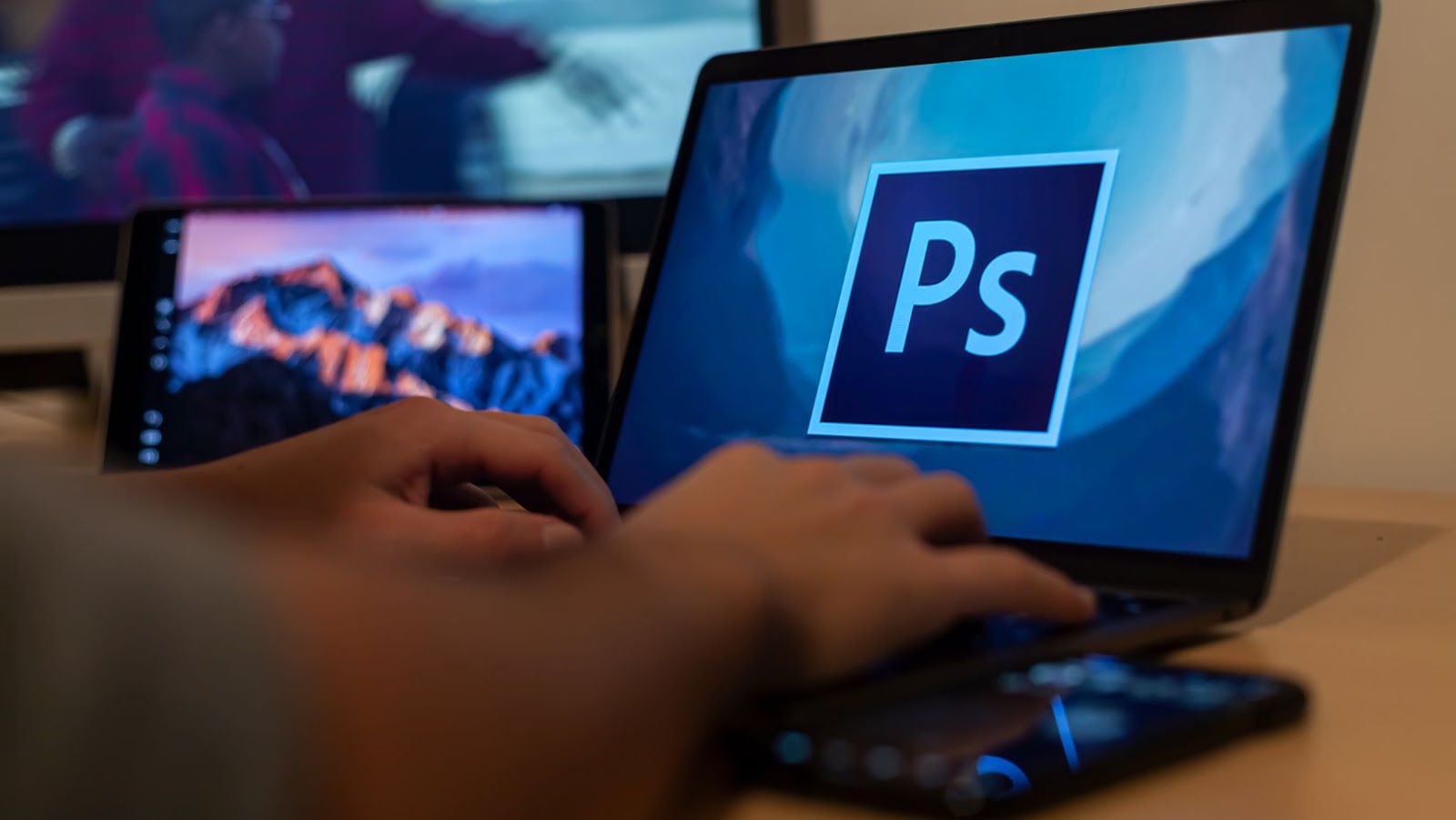Top Fashion Design Software Features Revolutionizing the Industry
 Fashion Design Software
Fashion Design Software
What is Fashion Design Software?
Fashion design software refers to digital tools that facilitate the creation, editing, and visualization of garment designs. These programs enable designers to digitally sketch designs, experiment with color palettes, textures, and patterns, and even simulate how fabrics will drape on virtual models. This innovative technology has become a cornerstone in the fashion industry, allowing for precision and creativity that far surpasses traditional hand-drawing methods.
Benefits of Using Fashion Design Software
Using fashion design software offers a multitude of advantages over conventional design methods:
- Enhanced Efficiency: Digital tools streamline the design process, from concept to completion, significantly reducing the time required to bring ideas to life.
- Unlimited Creativity: Designers have access to an expansive array of design options, enabling them to play with an endless combination of textures, colors, and shapes.
- Accuracy and Precision: Software programs offer precise editing capabilities, making it easier to tweak and perfect designs.
- Cost-Effectiveness: Digital designs reduce the need for physical samples, cutting down on material and production costs.
- Collaboration and Sharing: Most programs support cloud-based collaboration, allowing designers to share their work with team members or clients regardless of geographical location.
Popular Fashion Design Software Programs
Several fashion design software programs stand out for their robust features and widespread use in the fashion industry. Here’s a quick overview of notable software options:
| Software Program | Key Features |
| Adobe Illustrator | Industry-standard for vector graphics, perfect for drawing and coloring detailed garment designs. |
| Clo3D | Offers advanced 3D modeling capabilities, enabling designers to see realistic fabric simulation and garment fit. |
| CorelDRAW | Known for intuitive vector illustration tools tailored for fashion design. |
| Tuka3D | Provides detailed 3D visualization, including fitting and draping on virtual models. |
| Lectra | Specializes in pattern making and editing, with tools to streamline the production workflow. |
 Key Features of Fashion Design Software
Key Features of Fashion Design Software
As the fashion industry continues to embrace digital transformation, fashion design software becomes an indispensable tool for designers. The comprehensive functionalities offered make them quintessential for creating, experimenting, and producing fashion pieces. Understanding the key features of these software programs is crucial in leveraging their full potential to optimize the design process.
Vector-Based Drawing Tools
Vector-based drawing tools represent a fundamental feature of any fashion design software. This technology allows designers to create intricate and scalable illustrations without losing quality, irrespective of how much they’re resized. It’s a game-changer for fashion designers who need to manipulate their designs multiple times to achieve perfection. Vector-based tools enable:
- Precise and clean line art
- Easy adjustments and scalability
- Implementation of intricate details without a loss in resolution
Vector graphics are essential for creating professional-looking designs that can easily be translated into physical products.
Libraries of Fabric and Material Options
A vast library of fabric and material options is another pivotal feature that enhances the functionality of fashion design software. These libraries offer a wide range of textures, patterns, and colors, enabling designers to experiment creatively without limitations. Having access to extensive virtual libraries means:
- A broad spectrum of textures and materials at one’s fingertips
- Realistic simulation of how fabrics behave
- Enhanced decision-making in selecting the right fabric for each design
Virtual Prototyping and 3D Visualization
Virtual prototyping and 3D visualization capabilities take the design process to another level. This technology simulates how a garment looks on a virtual model, providing a comprehensive view from every angle. It’s pivotal for:
- Reducing the number of physical prototypes needed
- Enabling quick alterations
- Improving the accuracy of the final garment
 How to Choose the Right Fashion Design Software
How to Choose the Right Fashion Design Software
Selecting the right fashion design software is pivotal for any designer aiming to stay ahead in the fast-paced fashion industry. The key lies in identifying tools that not only offer comprehensive features like vector-based drawing, extensive fabric libraries, and advanced 3D visualization but also align with the designer’s unique creative process and workflow requirements. It’s about finding a balance between functionality and ease of use to ensure that the software enhances, rather than hinders, the creative process. With the right software, designers can unlock their full potential, pushing the boundaries of creativity and innovation to produce designs that are not just visually stunning but also practically achievable. Remember, the ultimate goal is to choose software that becomes a natural extension of the designer’s vision, enabling them to bring their most ambitious ideas to life with precision and flair.